Plastic waste can take anywhere from 20 to 500 years to decompose, and even then, it never fully disappears; it just gets smaller and smaller.
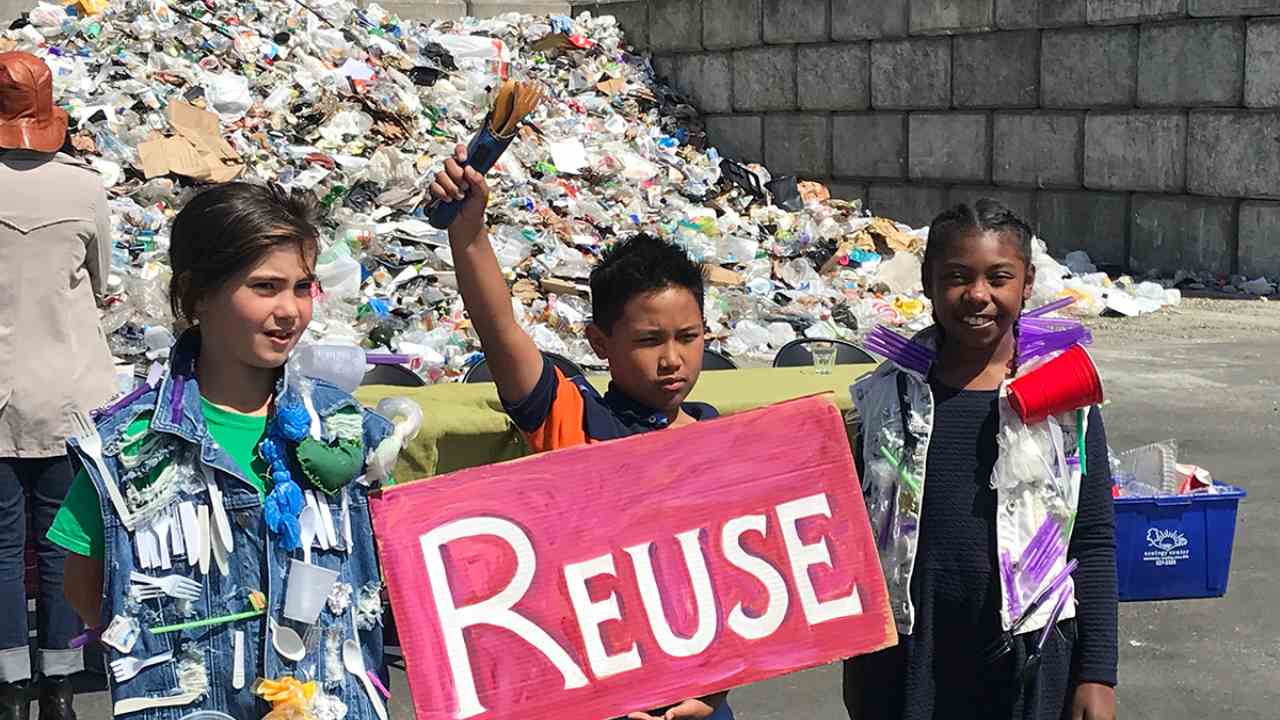
1/28
For decades we have relied on plastics to keep us safe, insulate our homes and make sure our food stays fresh. Photo by Jacqueline Elbing-Omania (Germany)
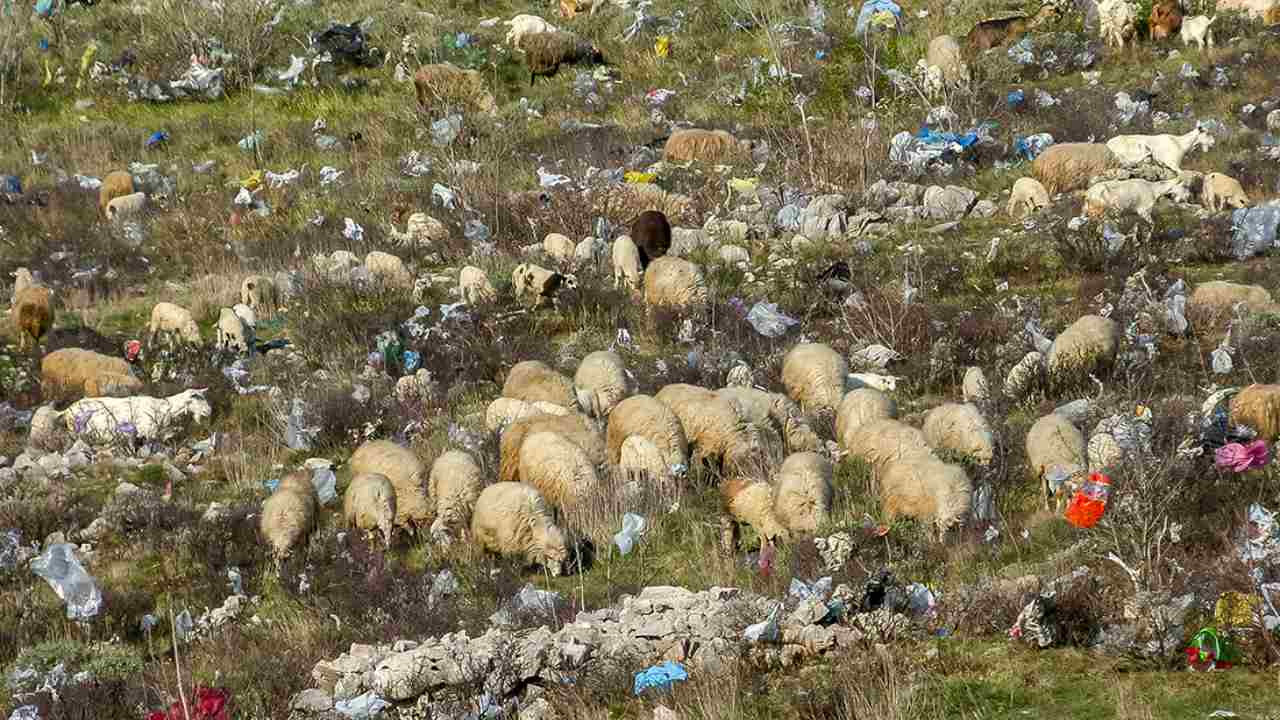
2/28
From cell phones to car parts, PPE to syringes, the use of plastic has made our lives easier. Photo by Goran Dorić (Croatia)

3/28
But when does plastic’s life come to an end? Photo by Fully Syafi Handoko (Indonesia)
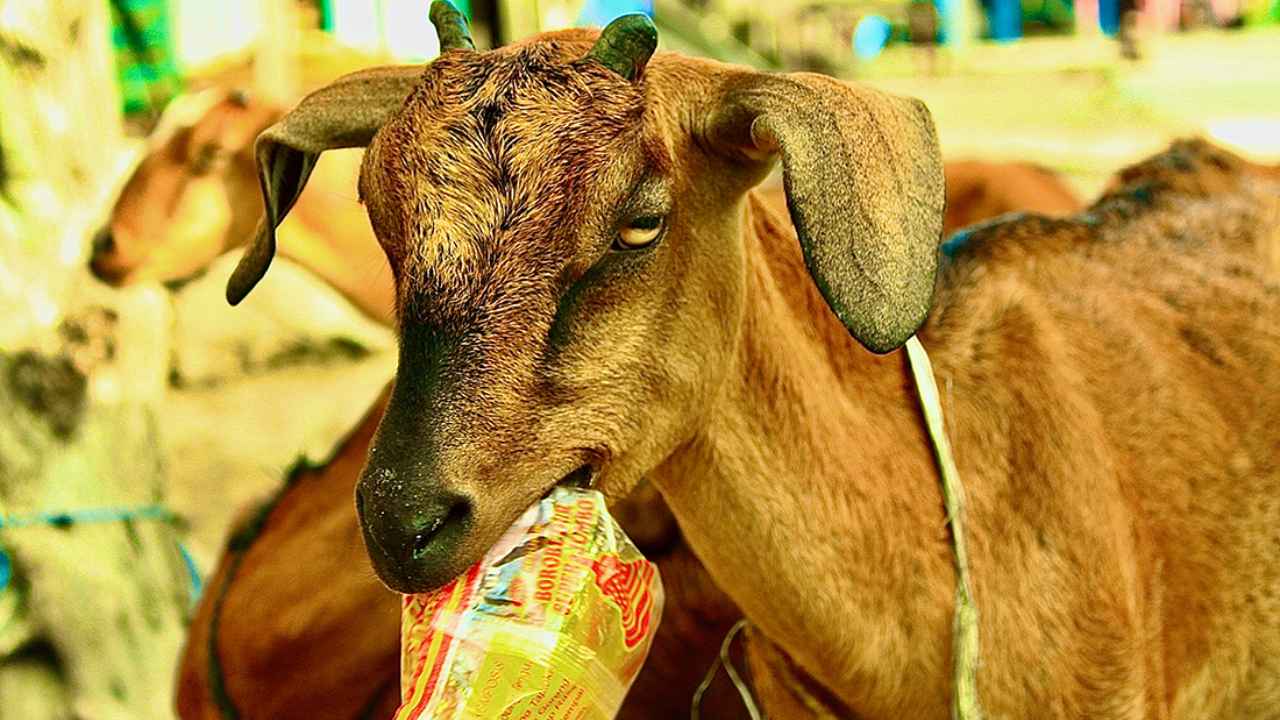
4/28
Plastic waste can take anywhere from 20 to 500 years to decompose. Photo by Fakhrizal Setiawan (Indonesia)

5/28
And even then, it never fully disappears; it just gets smaller and smaller. Photo by Đurđica Milosavljević (Croatia)
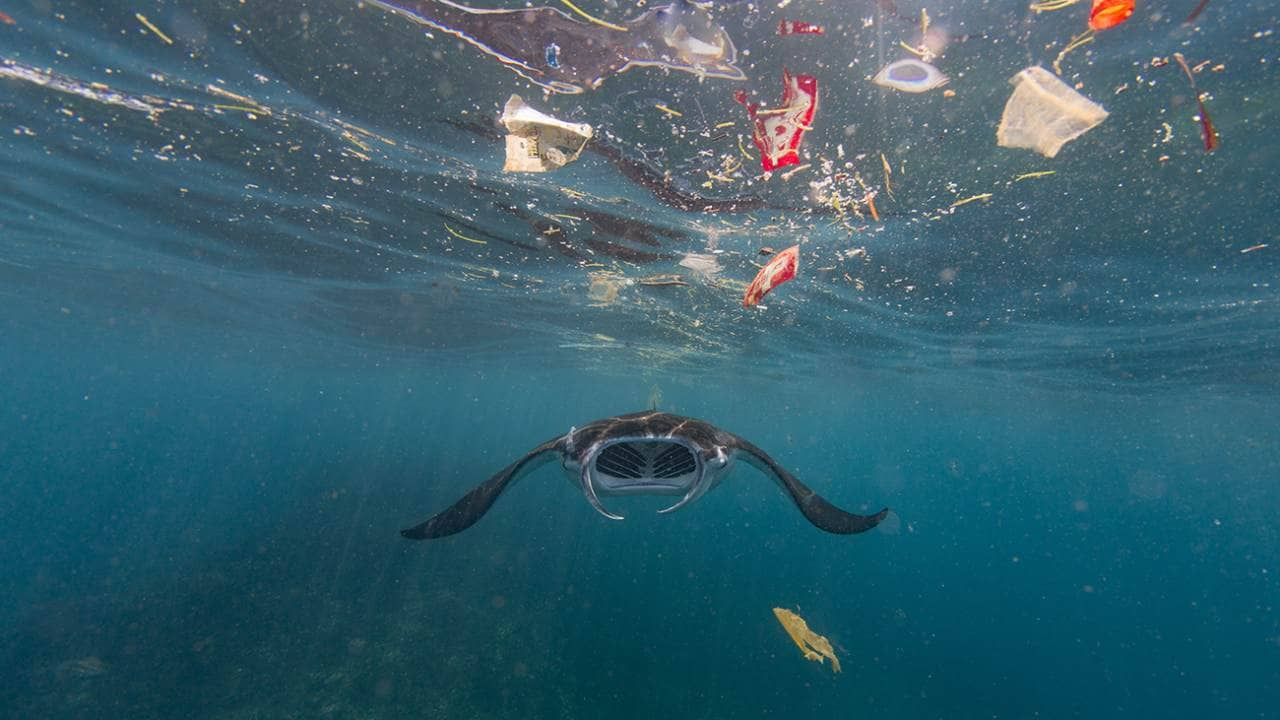
6/28
Consider this figure: 8,3 billion tonnes is the total amount of plastic ever made, half of which has been produced in the last 13 years. Photo by Vincent Kneefel (The Netherlands)
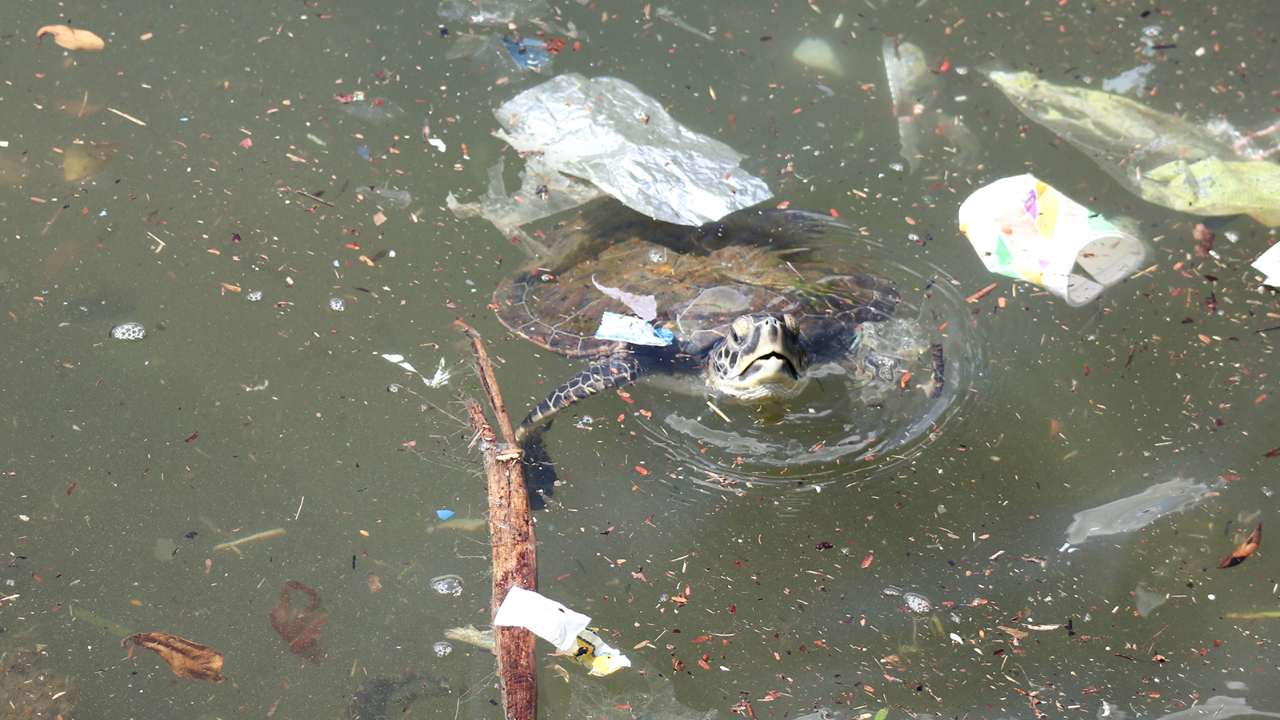
7/28
Microplastics in particular have been found in every corner of the globe. Photo by Heidi Acampora (Brazil)
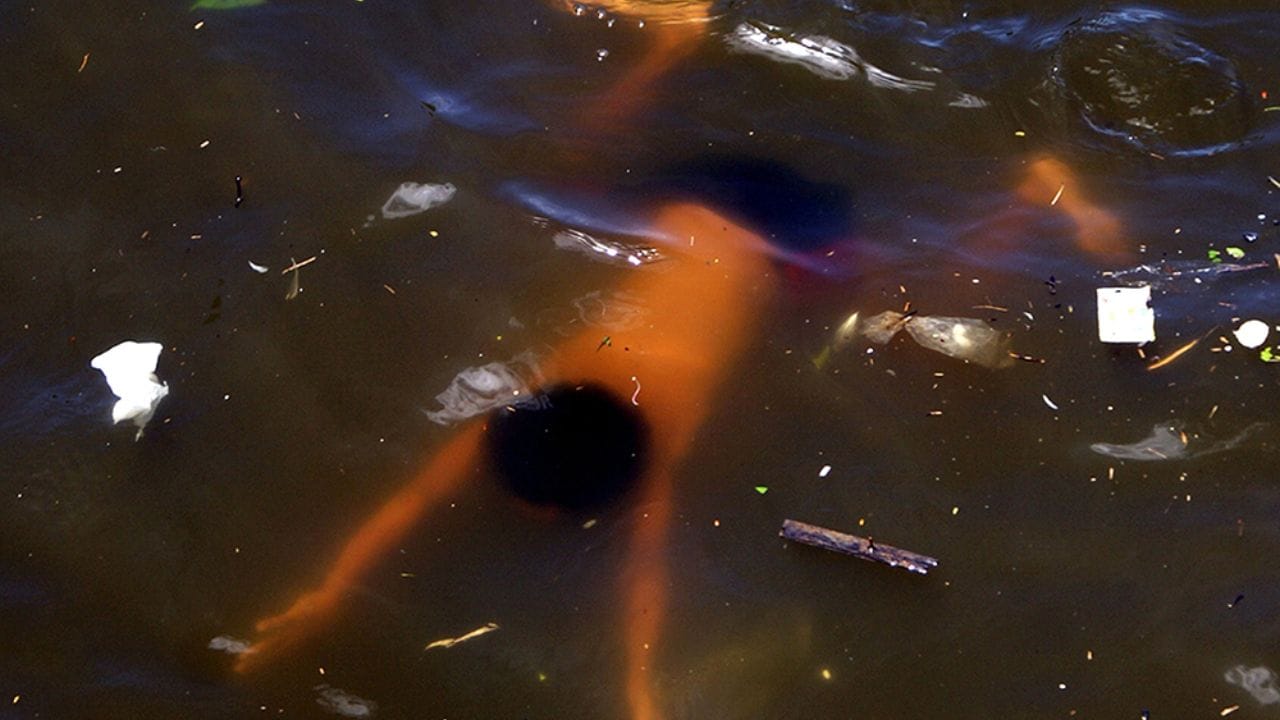
8/28
From the peak of Mount Everest to the trough of the Mariana Trench. Photo by Jophel Botero Ybiosa (Philippines)
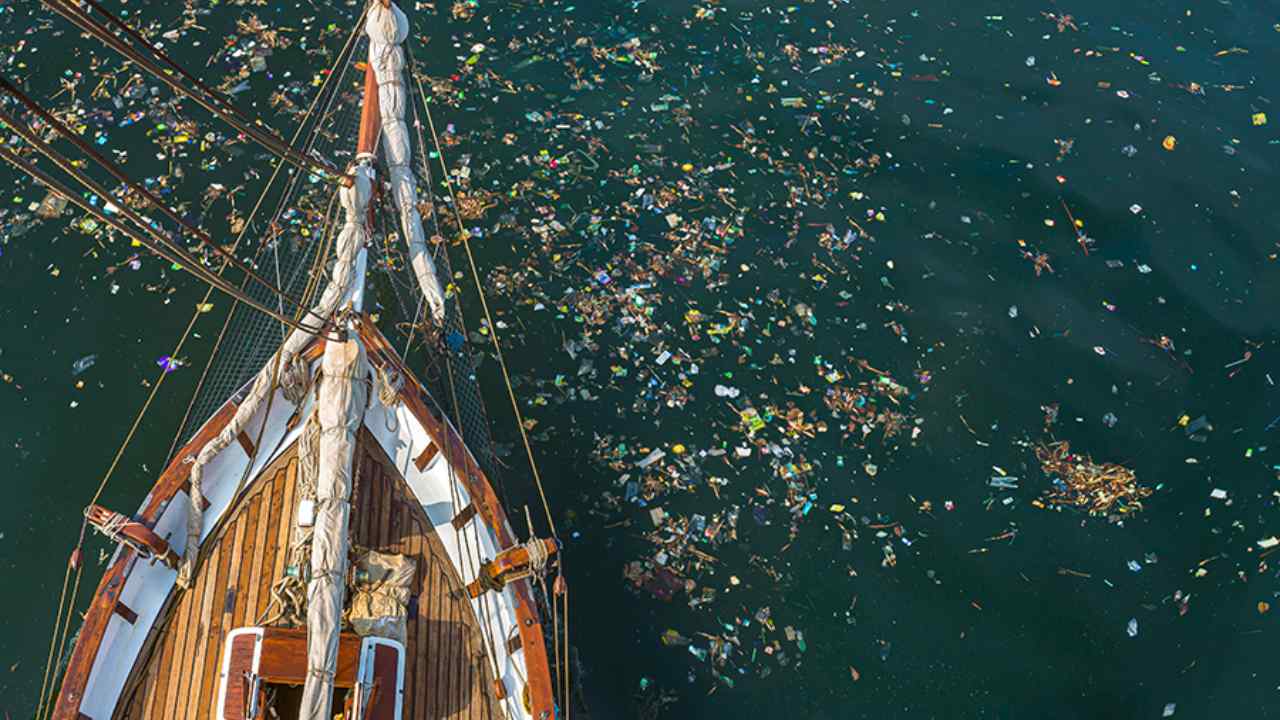
9/28
In fact, it has been estimated that humans ingest a credit card worth of plastic per week! Photo by Margarete Macoun (Germany)

10/28
Yet of all discarded plastic so far, 12% has been incinerated. Photo by Muntaka Chasant (Ghana)
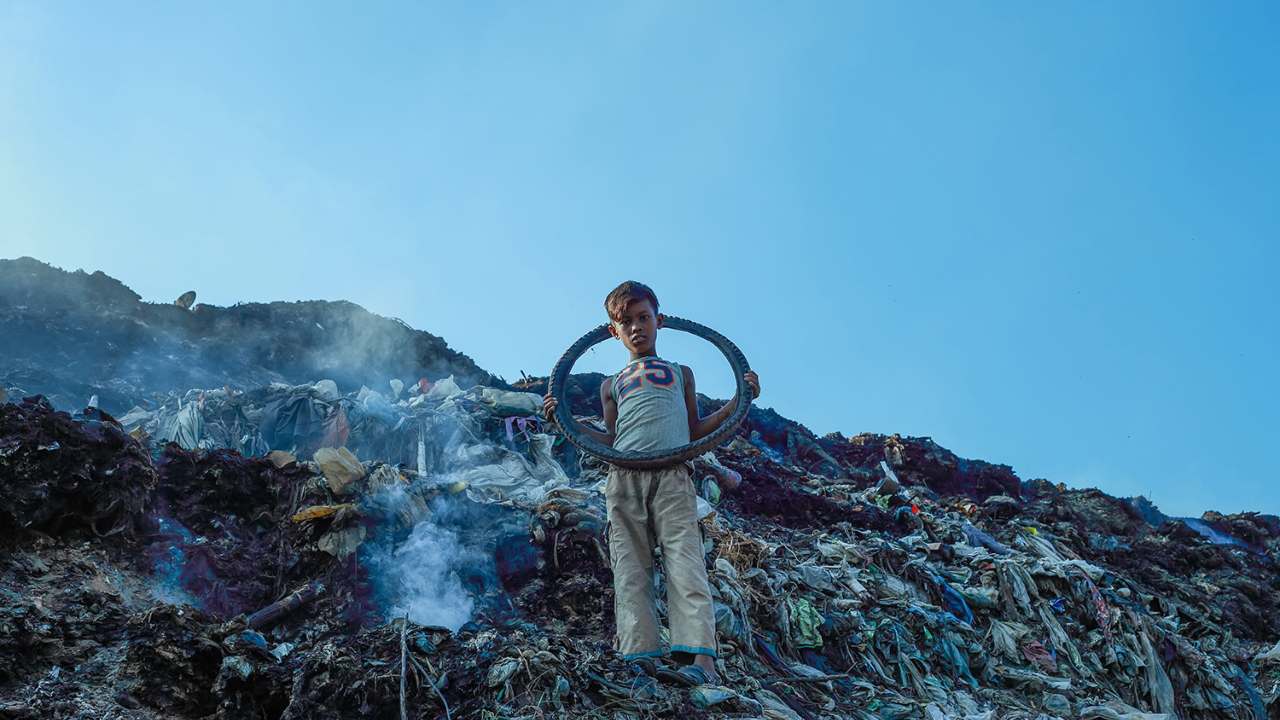
11/28
Only nine percent has been recycled, and the remainder has either been disposed of in landfills or released into the environment. Photo by Muhammad Amdad Hossain (Bangladesh)

12/28
The Basel Convention has established the Plastic Waste Partnership. Photo by Fakir Mohamad bin Md. Nor (Malaysia)
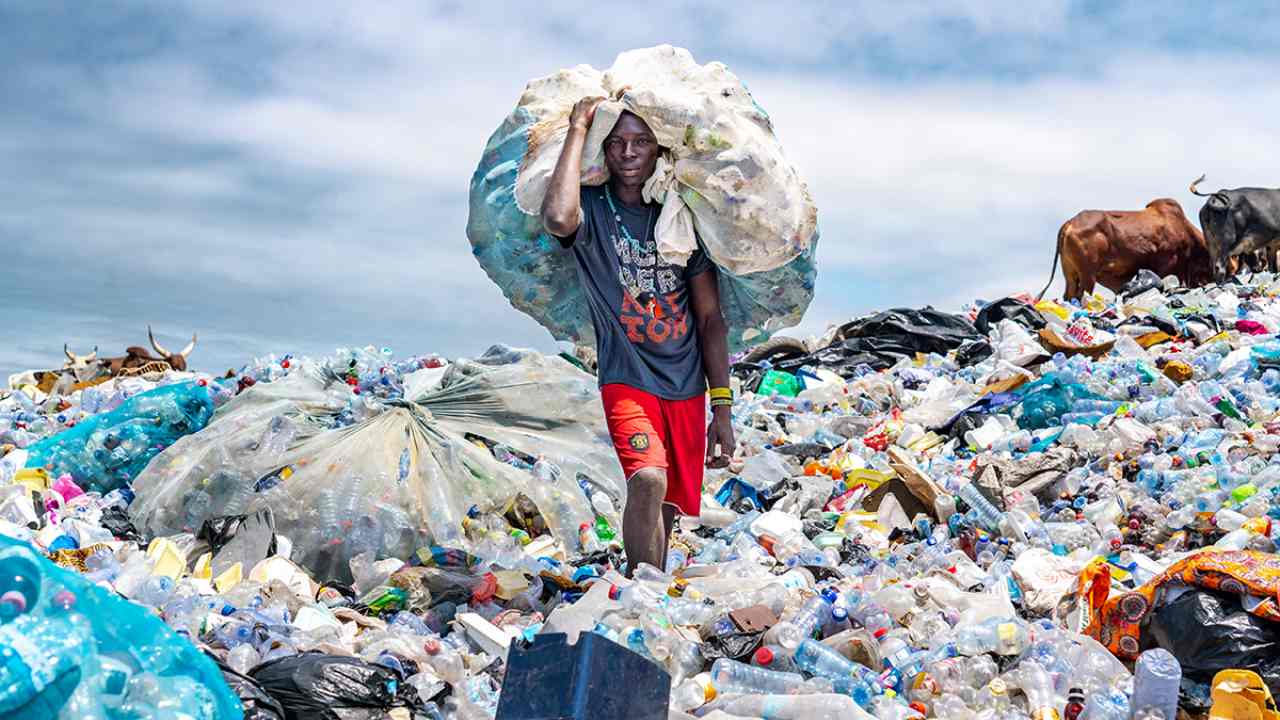
13/28
It will provide a platform that unites multiple stakeholders under the common goal of eliminating the leakage of plastic waste into our environment. Photo by Muntaka Chasant (Ghana)
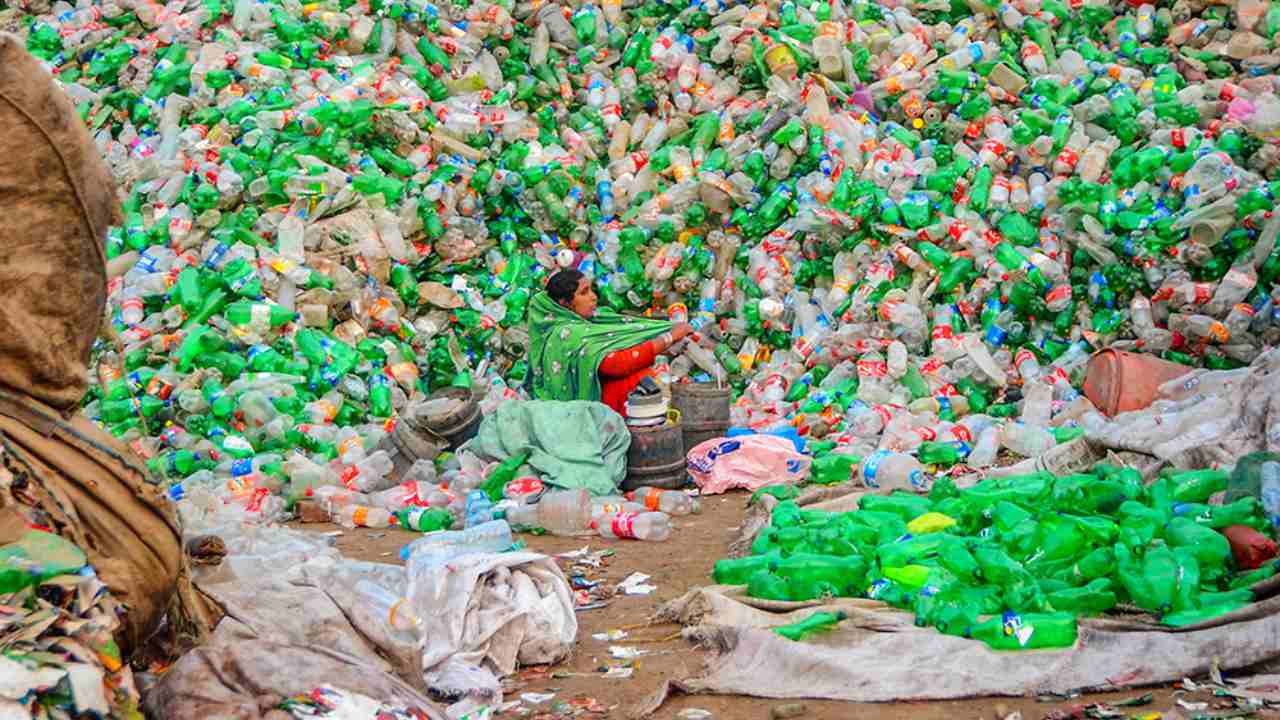
14/28
The Basel Convention is the UN’s multilateral environmental treaty on the prevention, minimisation and sound management of waste. Photo by Sufyan Arshad (Pakistan)
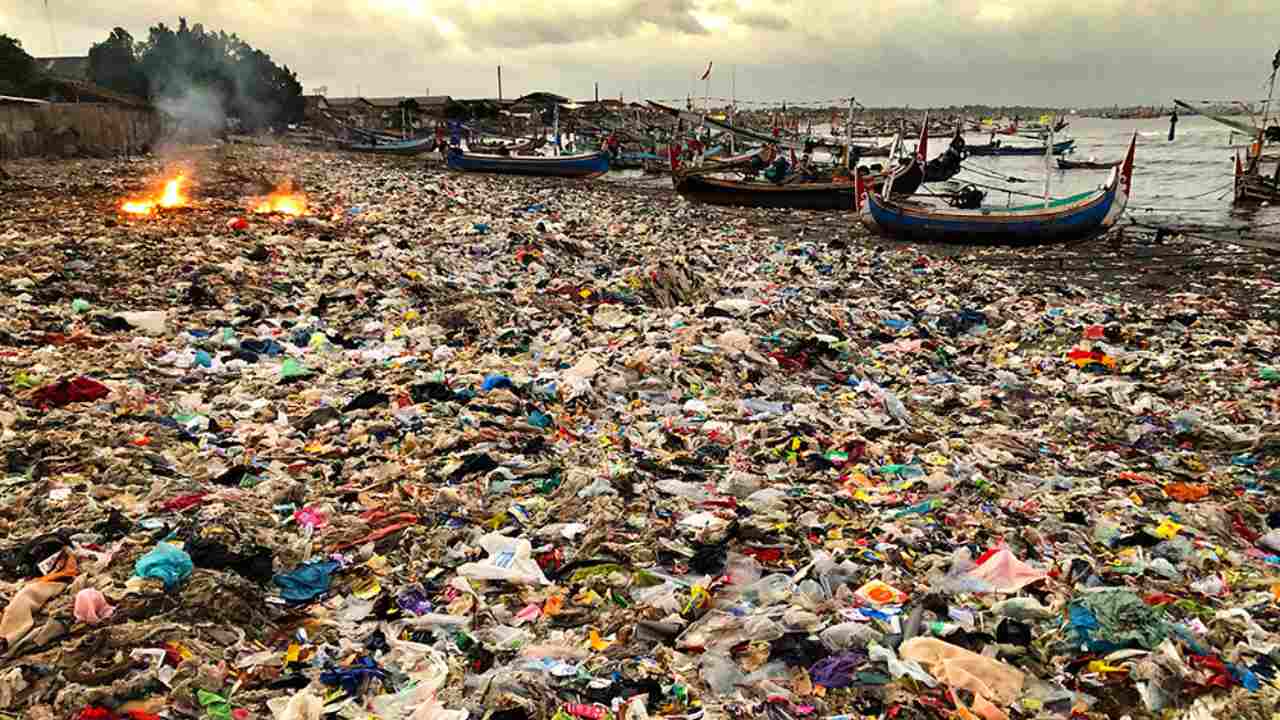
15/28
This local beach in Java, Indonesia, has become an illegal dumpsite for plastic waste. One of the residents can be seen burning the plastic, so it doesn’t enter her house at high tide. Photo by Vincent Kneefel (The Netherlands)
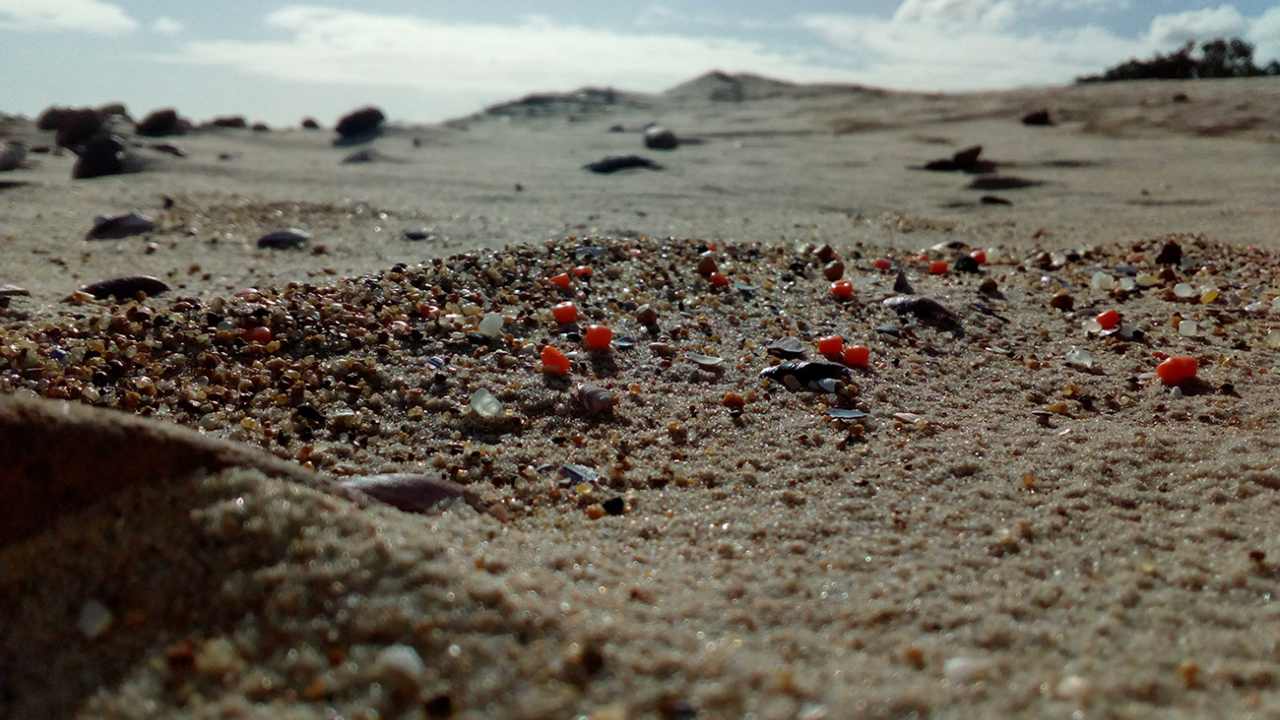
16/28
Plastic waste has become part of our microcosmos, even found among the grains of sand on this Uruguayan beach. Photo by Mauricio Ruiz (Uruguay)
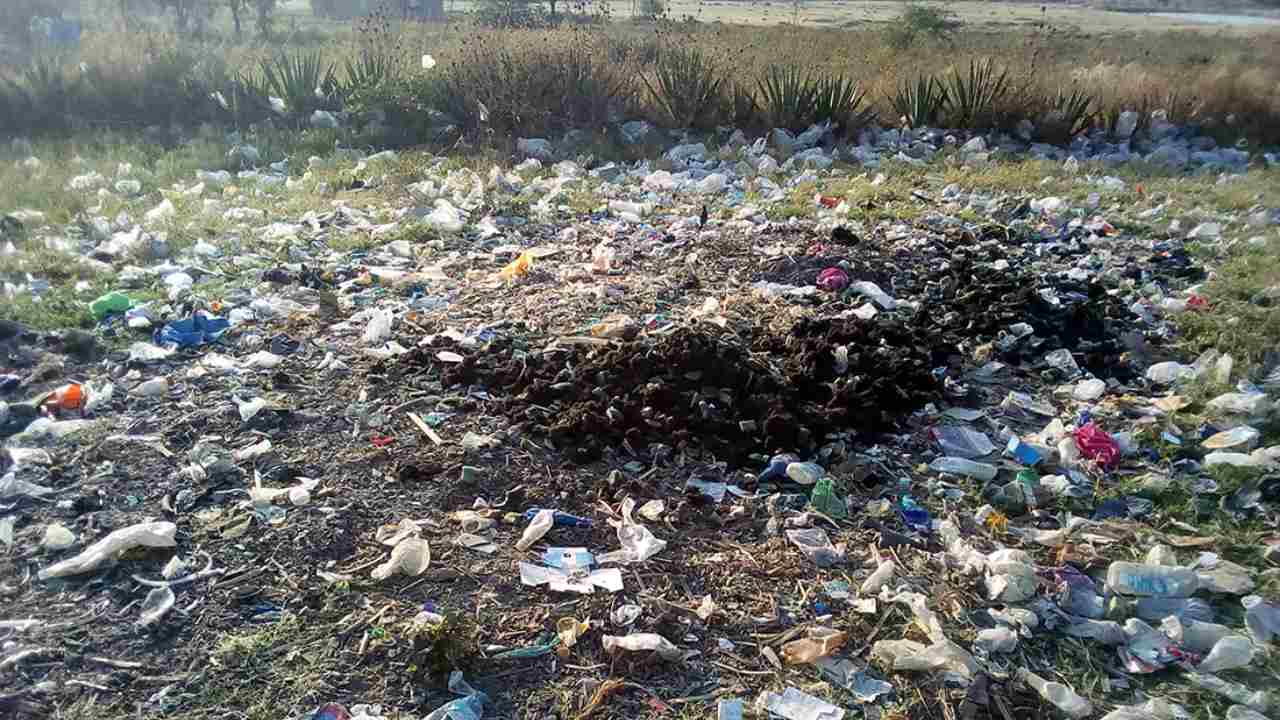
17/28
Agriculture is the main sector of Tanzania’s economy, with almost 70% of the poor living in rural areas and working in farming. These days, plastic waste pollution has increased so much that it is affecting both the environment and livelihoods. Photo by Paul Elias (Tanzania)
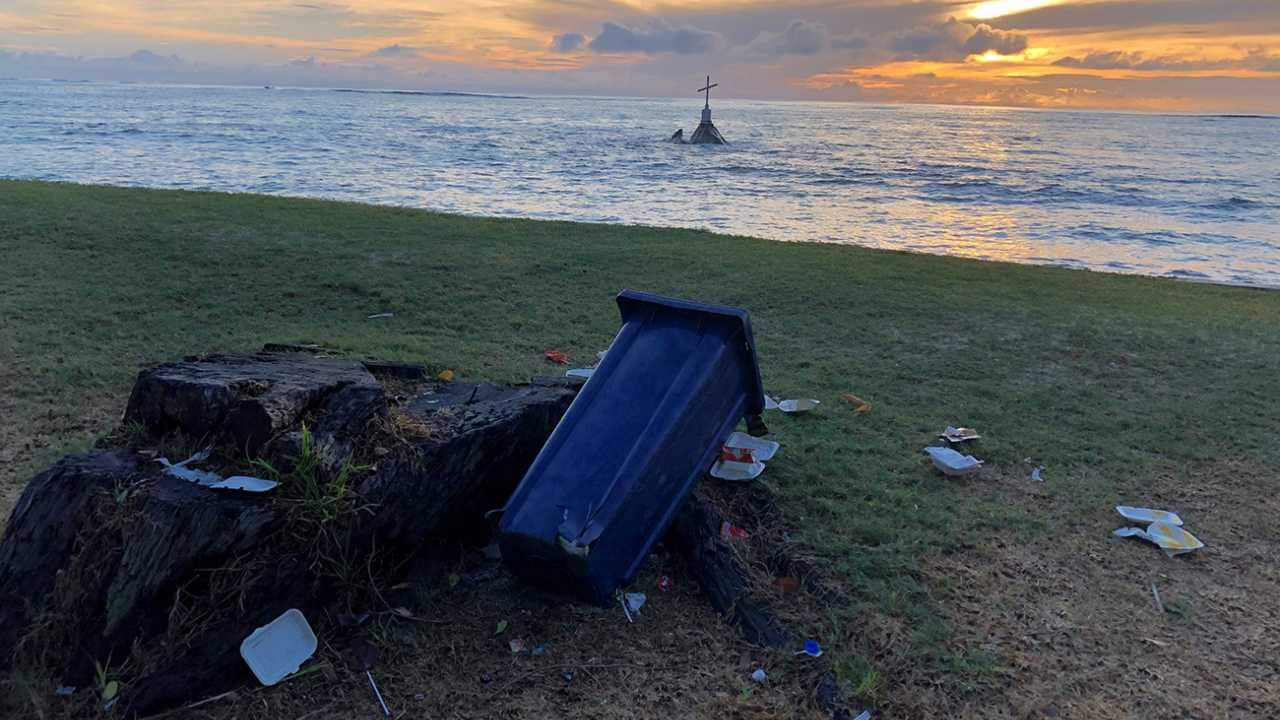
18/28
Plastic waste can be found even in the most serene places. Here, it overshadows the beauty of the sunrise and the peacefulness symbolised by the cross. Photo by Sienna Goldstein (Seychelles)
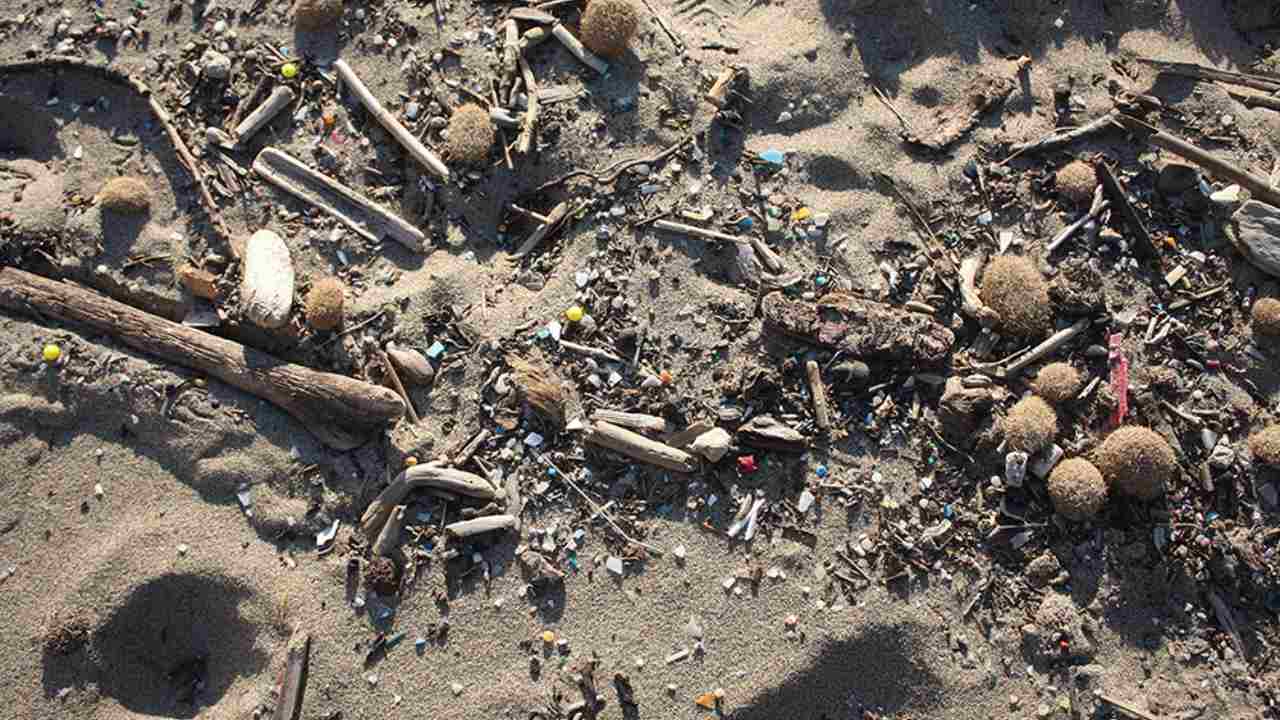
19/28
In Tuscany, near San Vincenzo, Italy, small pieces of broken-down plastic and industrial plastic pellets have been washed up on the beach along the coastline. Photo by Alexandra Rudiak (Italy)
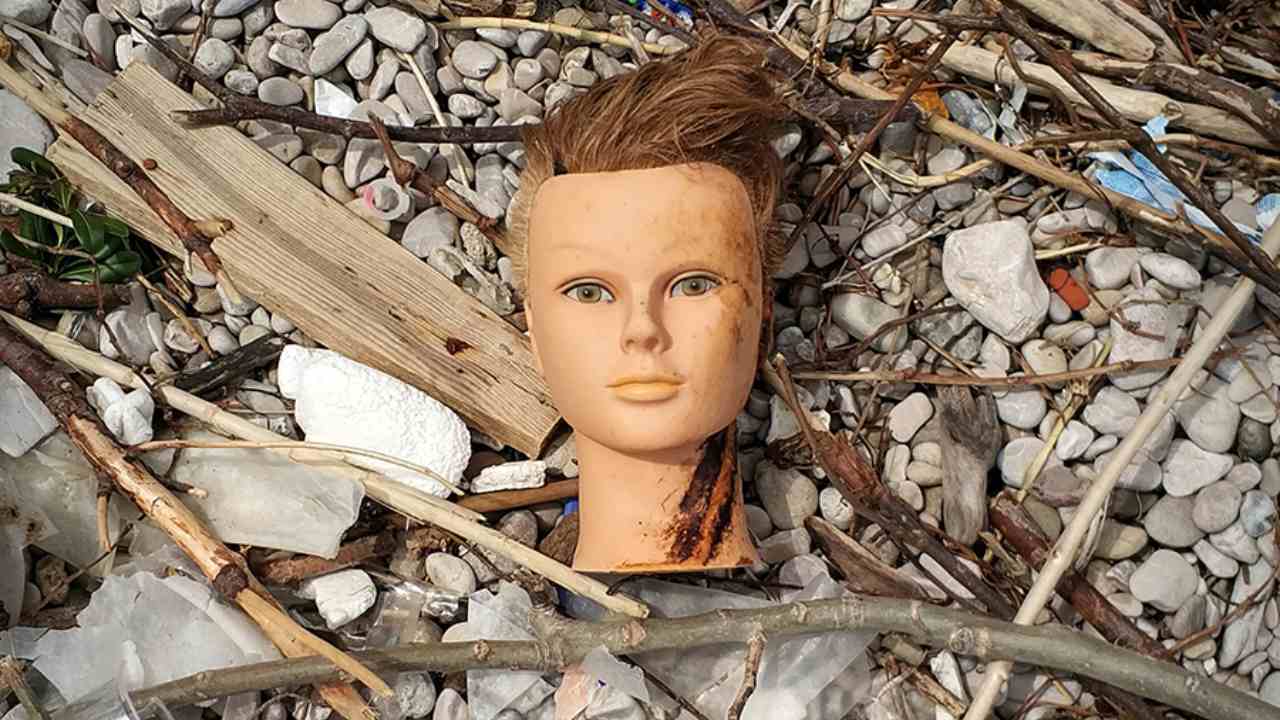
20/28
A windstorm coming from the South washes up plastic on the shoreline of the Pelješac peninsula, Croatia. Photo by Anita Bubalo (Croatia)
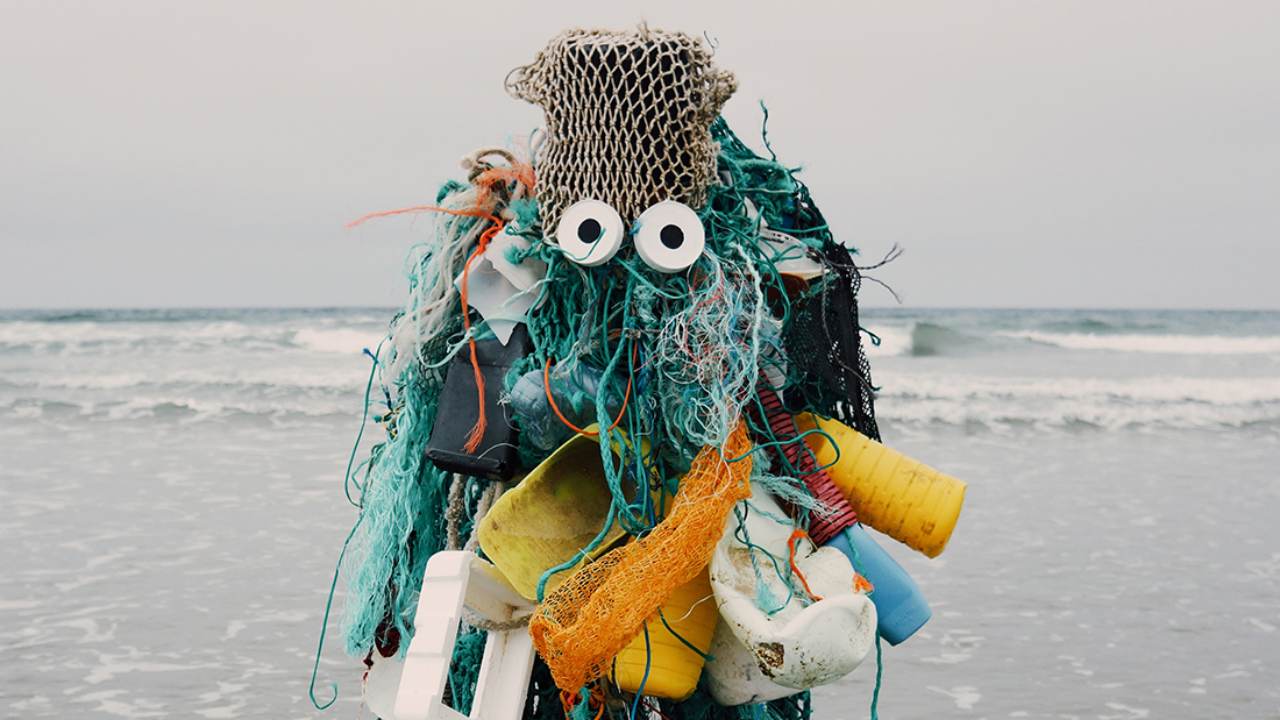
21/28
In Bretagne’s quaint village of Plouharnel, France, once the surfers leave for winter, sea currents fill the seaside with trash. An invasion of plastic monsters, if you will. Photo by Céline Bellanger (France)
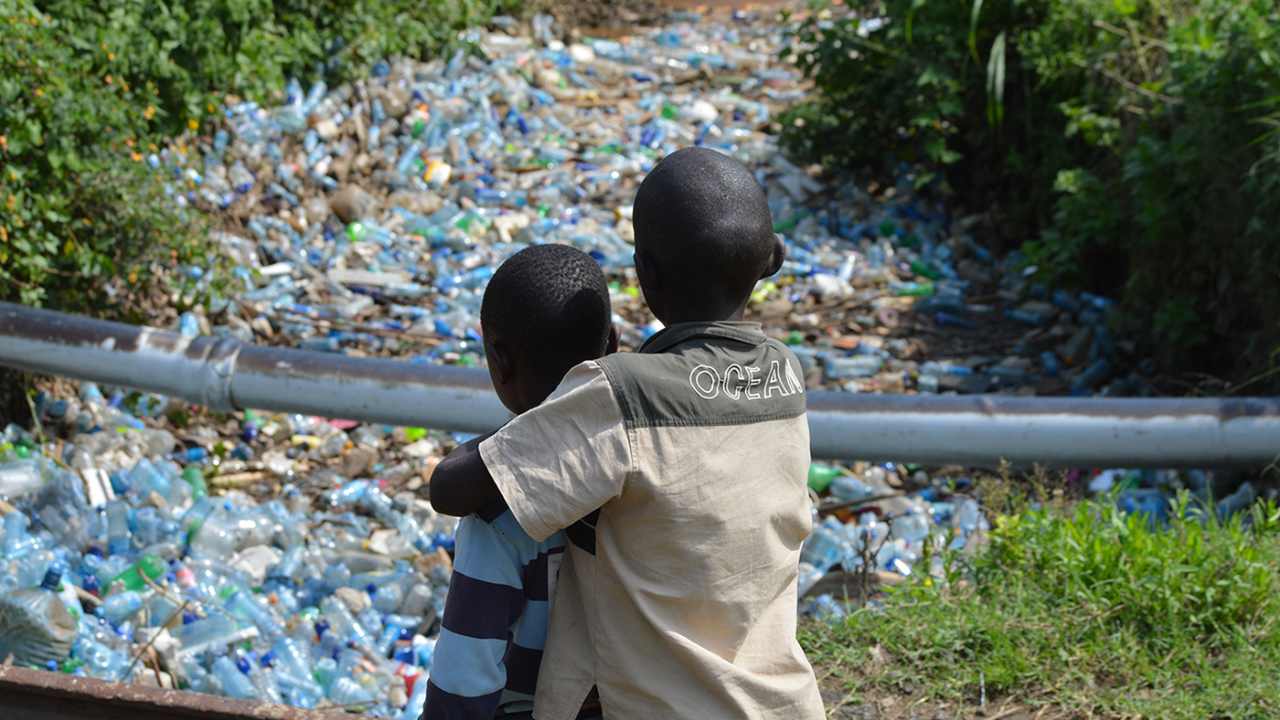
22/28
The Njoro River flows from the Mau Forest, continuing along several residential areas. By the time it reaches Lake Nakuru, a UNESCO World Heritage Site in Kenya, it is filled with plastic. Photo by James Wakibia (Kenya)
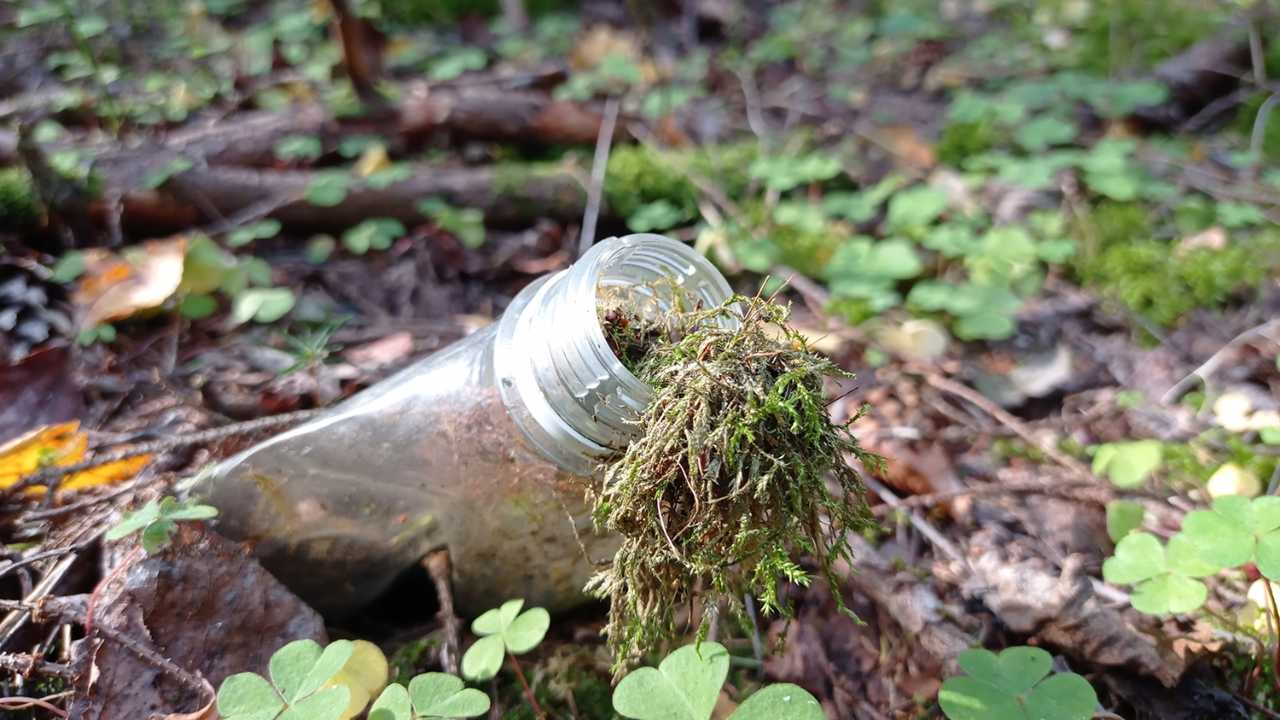
23/28
Ever since ancient times, Lithuanian forests have been a place of tranquillity. Now nature is sending us a message, sadly in a plastic bottle. Photo by Jurgita Šukienė (Lithuania)
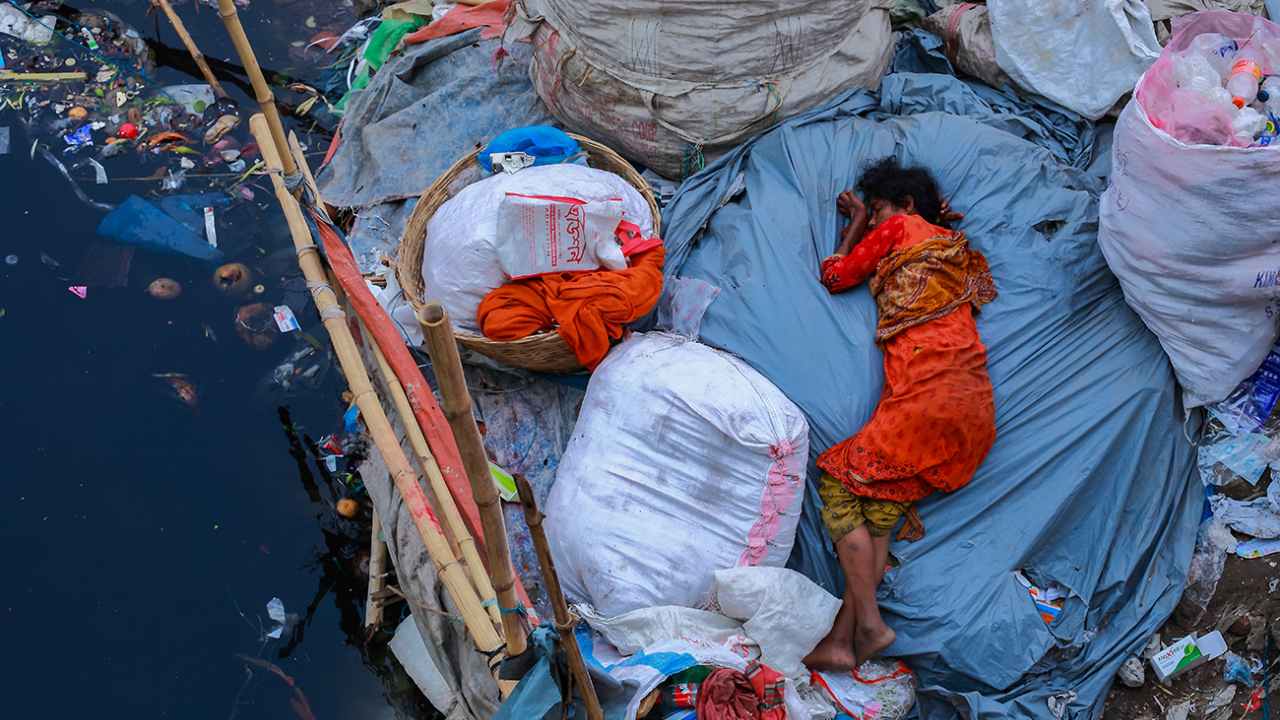
24/28
A large number of homeless people in Dhaka, Bangladesh have lost their property due to natural disasters. For them, an asphalt street is the best they can hope for, otherwise they have to sleep on plastic trash. Photo by Muhammad Amdad Hossain (Bangladesh)
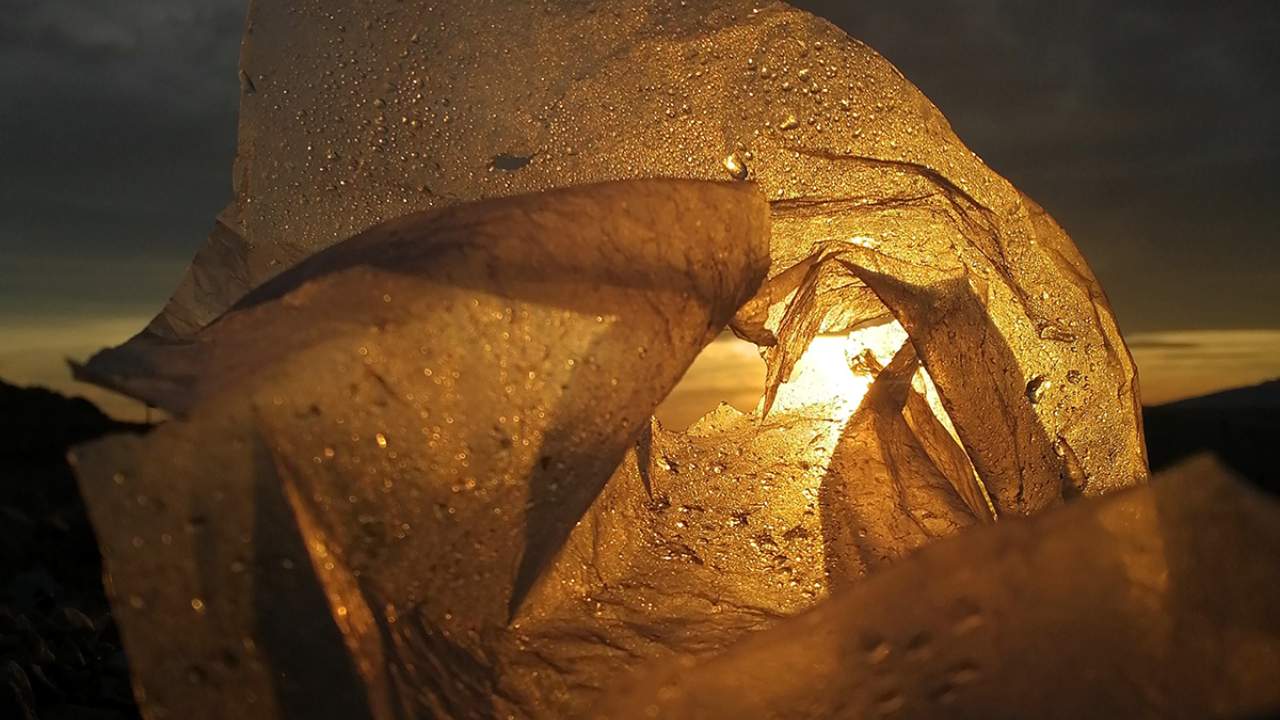
25/28
Clean beaches are increasingly becoming a rare sight in tourist-friendly Croatia. Photo by Paula Porobija (Croatia)
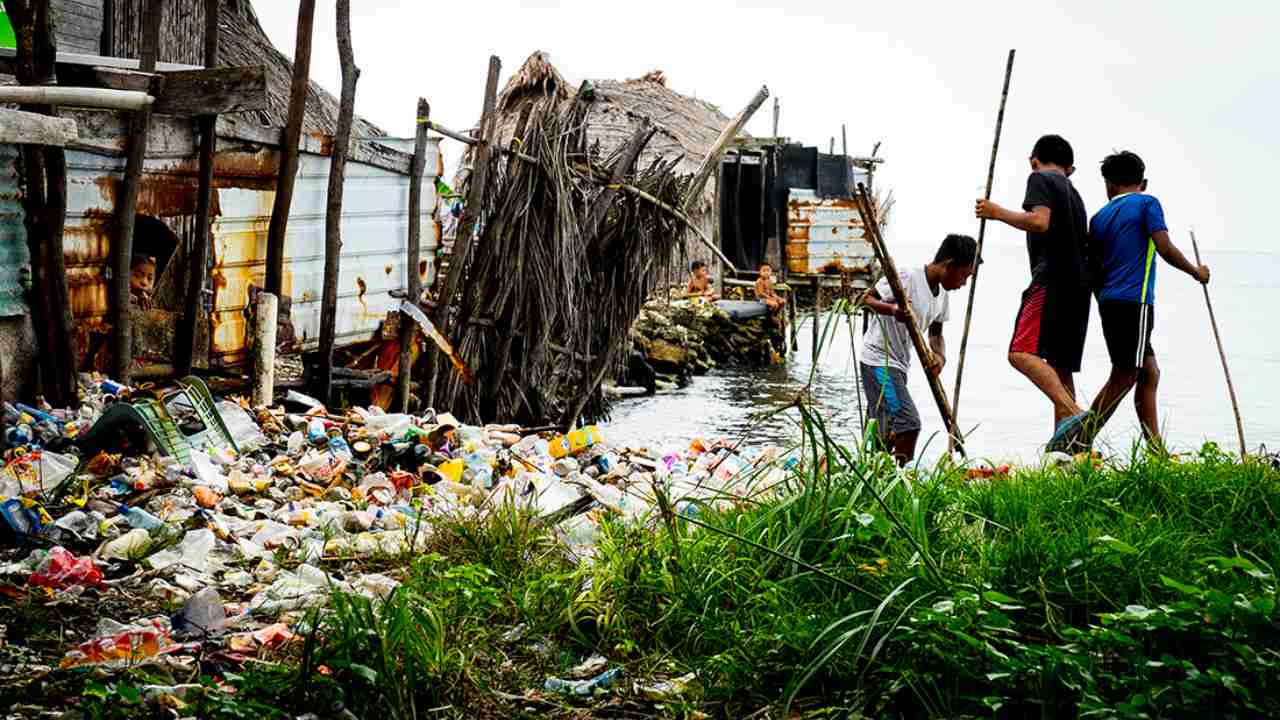
26/28
In the archipelago of islands off the coast of Panama, the indigenous communities of the Guna Yala tribe are suffering from a plastic invasion. Photo by Sophie Dingwall (The United Kingdom)
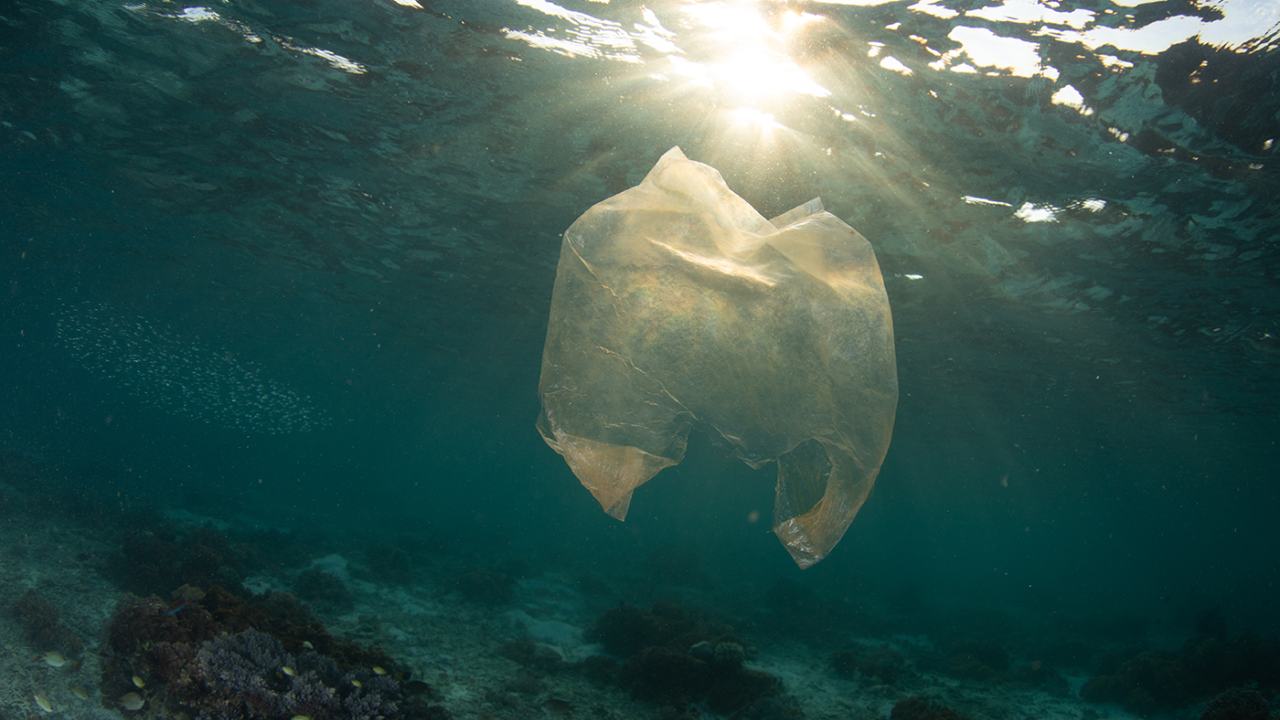
27/28
On the reef of a small coastal village in the Indonesian Banggai Archipelago, the villagers are doing their best to fight against plastic pollution. Plastic bags like this one represent a hollow deceit for animals that prey on jellyfish, such as sea turtles. Photo by Shannon Switzer Swanson (United States of America)
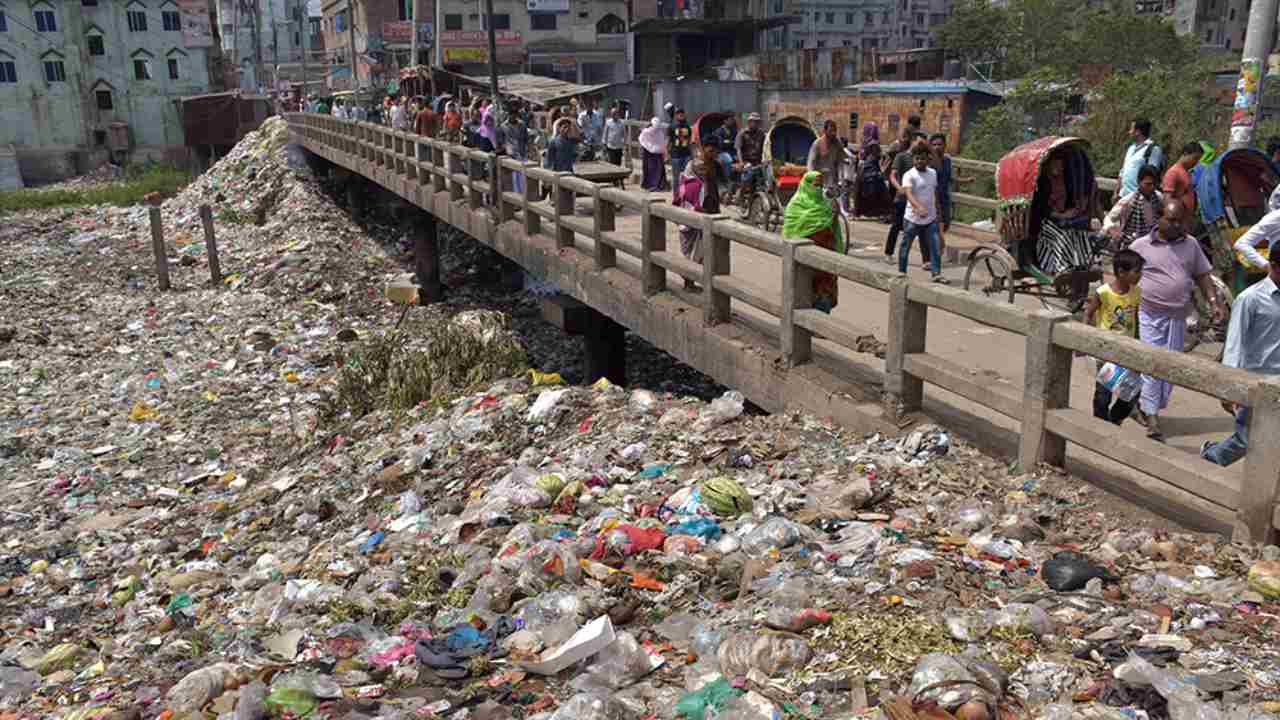
28/28
Once an important commercial waterway, the Buriganga river in the southwest outskirts of Dhaka, Bangladesh, has now turned into a plastic river. Photo by Shahriar Hossain (Bangladesh)






































